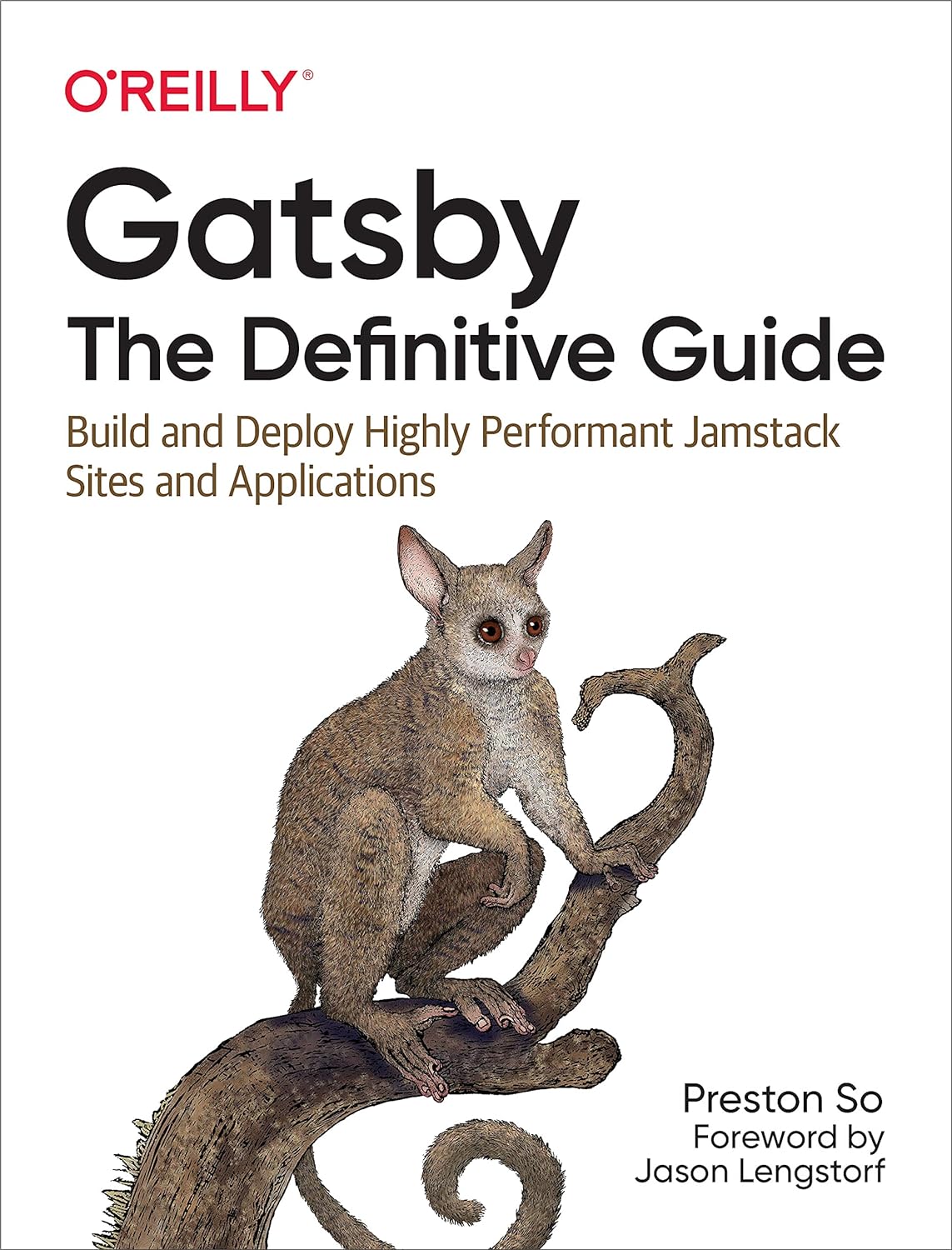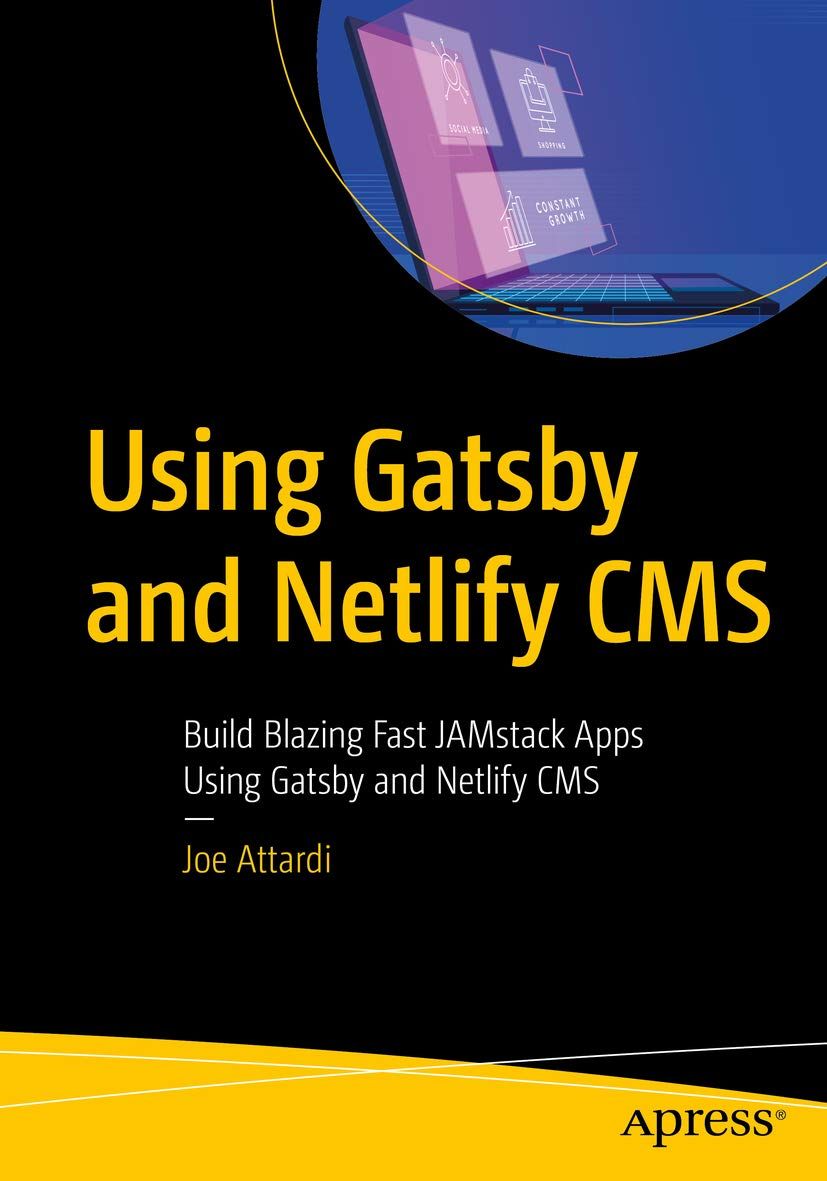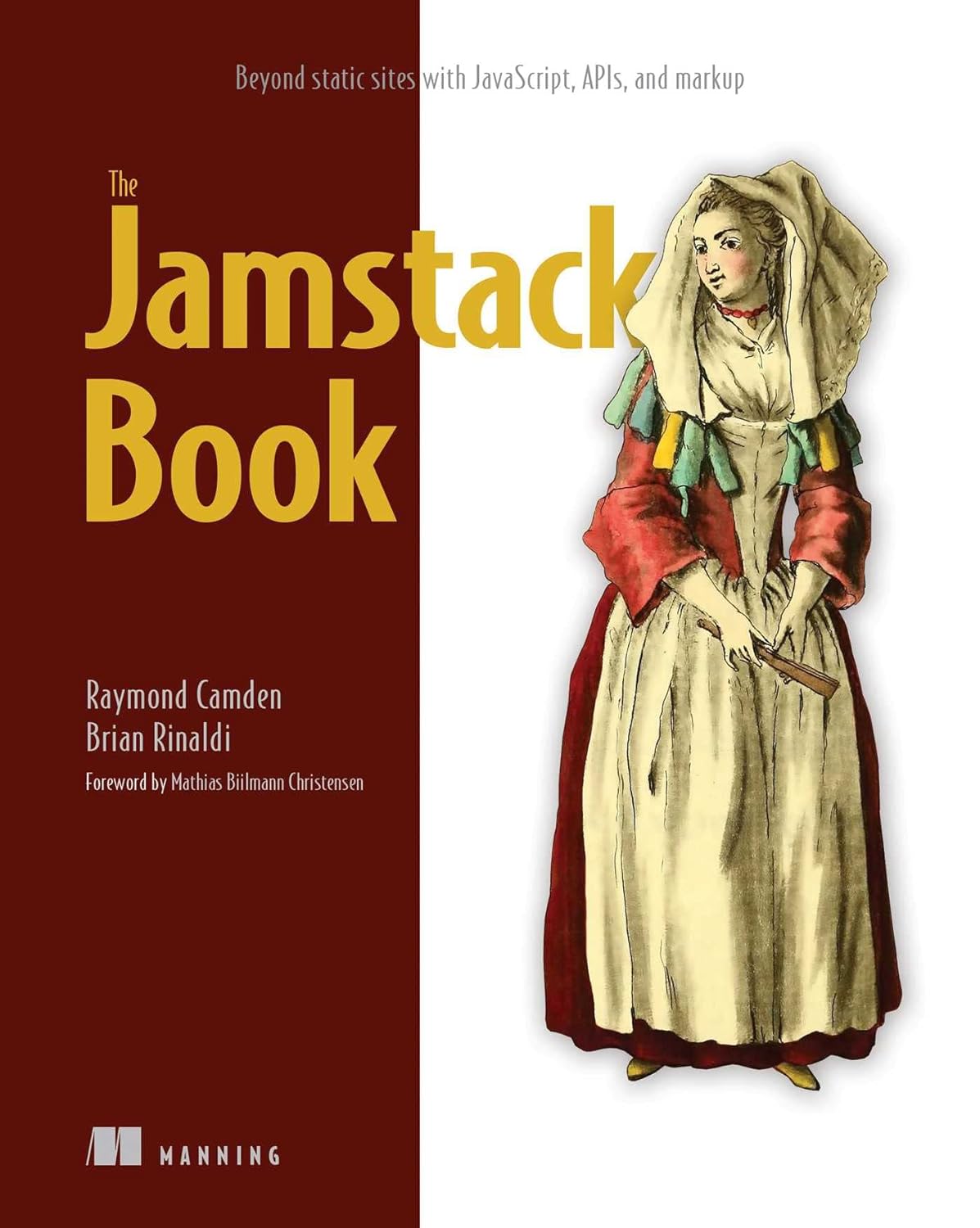The Best Way to Render a Jamstack Site: Pre-rendered vs. Client-side vs. Hybrid
Make sure your Jamstack site is optimized for the best performance and user experience by understanding the differences between rendering techniques. Whether serving content from a CDN, loading content after a user interaction, or both, you will be able to select the best approach for your site.

The Jamstack generally relies on pre-rendering to generate static HTML files that can be served quickly and easily. As the Jamstack ecosystem has progressed, frameworks have introduced support for client-side rendering techniques to improve flexibility.
Additionally, hybrid approaches that combine pre-rendering and client-side rendering have emerged as a way to provide developers with the best of both worlds.
What is the Jamstack?
The Jamstack is a modern web development architecture based on client-side JavaScript, reusable APIs, and markup.

It’s an approach to building websites and applications that delivers better performance, higher security, lower cost of scaling, and a better developer experience.
Learn more about the Jamstack:

What is rendering?
Rendering is the process of turning data into HTML. When you build a website or application, you are essentially taking data and turning it into a visual representation that can be displayed in a web browser.
Rendering is the process of turning data into HTML. There are two main approaches to rendering:
- Static rendering is when the HTML for a page is generated before a user requests it.
- Dynamic rendering is when the HTML for a page is generated after a user requests it.
When you static render a page, you generate the HTML for a page before a user requests it. When you render a page dynamically, you generate the HTML for a page after a user requests it.
Client-side rendering can be used for dynamic content, but it has some disadvantages. It can be slower than pre-rendering, and it can result in different HTML being generated for the same page on different visits.
The Jamstack typically uses pre-rendering, but client-side rendering is an option in some cases. If you choose to use client-side rendering, be sure to consider the disadvantages carefully.

There are a number of methods for both static and dynamic rendering approaches.
- Build time rendering involves pre-building the HTML files during the deployment process.
- Server-side rendering involves building the HTML on the server when a user requests a page.
- Client-side rendering involves building the HTML in the browser when a user requests a page.
- Hybrid rendering is a combination of server-side and client-side rendering.
Understanding rendering is critical for building great Jamstack applications.
Getting familiar with the rendering configurations provided by Jamstack build systems, and the implications of each, can save you from headaches later on.
Choosing the wrong solution can mean days or weeks of wasted development effort when an alternative solution might have enabled your project out-of-the-box.
You should aim to understand how Jamstack tools like Gatsby and Next.js render pages, and how rendering modes impact the kind of experience you will be able to deliver.

Gatsby: The Definitive Guide
Get the definitive guide on Gatsby, the JavaScript framework for building blazing fast websites and applications. With this comprehensive guide, you'll learn how to architect, build, and deploy Gatsby sites independently or with CMSs, commerce systems, and other data sources.
What types of rendering methods are there?
There are four different types of rendering: build time rendering, server-side rendering, client-side rendering, and hybrid rendering.
Pre-rendering or build time rendering
- Build time rendering involves pre-building the HTML files during the deployment process.
- This means that the HTML files are already generated and ready to be served when a user requests them.
- Build time rendering is fast, but it can be inflexible. If you need to make changes to the rendered HTML, you need to rebuild and redeploy the entire site.
Server-side rendering
- Server-side rendering involves building the HTML on the server when a user requests a page.
- This means that the HTML is generated on-demand, and only the required HTML is generated.
- Server-side rendering is more flexible than build time rendering, but it can be slower. Because the HTML is generated on-demand, there is a small delay before the user sees the rendered page.
Client-side rendering
- Client-side rendering involves building the HTML in the browser when a user requests a page.
- This means that the HTML is generated on-demand, and only the required HTML is generated.
- Client-side rendering is more flexible than build time rendering, but it can be slower. Because the HTML is generated on-demand, there is a small delay before the user sees the rendered page.
Hybrid rendering
- Hybrid rendering is a combination of server-side and client-side rendering.
- This means that the HTML is generated on the server before the file is delivered, and the rest takes place after the user loads it in the browser.
- Hybrid rendering is the most flexible of all the rendering methods, but it can be slower than build time or server-side rendering.
What are the benefits of each type of rendering?
Each type of rendering has different benefits and drawbacks.
- Build time rendering results in the fastest pages and loading times, but it can be inflexible.
- Server-side rendering is more flexible than build time rendering, but it can be slower.
- Client-side rendering is also more flexible and can be fast, but it’s more complex to set up. It's also less predictable depending on what takes place client-side.
- Hybrid rendering is the most flexible, but it can be slower than other methods and introduces some of the constraints and unpredictability of CSR.
In general, the best approach is to use a combination of rendering techniques depending on your project's needs.
For example, if loading speed is important, you could use build time rendering for static content and client-side rendering for dynamic content. If flexibility is more important than speed, then you might opt for a server-side stack.
Ultimately, you need to choose the rendering method that best fits your specific needs and use case. Consider factors like performance, functionality, flexibility, cost, scalability, platform compatibility, etc. before settling on a solution.

Using Gatsby and Netlify CMS
Build Blazing Fast JAMstack Apps Using Gatsby and Netlify CMS
Leverage the powerful new combination of Gatsby and Netlify CMS, a free open source content management solution, to build blazing fast apps. This book shows you how to create a React-powered website using the Gatsby framework for the frontend, and Netlify CMS as the content backend.
Common Jamstack rendering approaches
When comparing Jamstack tools and configurations, the rendering choices you'll need to be most aware of include pre-rendering, client-side rendering, and hybrid methods.
Pre-rendered sites are an efficient method for delivering content quickly. They involve generating HTML files ahead of time and storing them on a CDN (content delivery network). This is generally simpler to set up and faster to serve than client-side rendered sites.
Client-side rendering, on the other hand, involves executing code within the browser when a page is requested. It allows for more dynamic content as JavaScript can be used to make calls to APIs or databases in order to display information specific to a request. However, this can lead to slower page load times as the browser must wait for the JavaScript to execute before displaying content.
Hybrid approaches attempt to combine the benefits of both pre-rendering and client-side rendering. In this method, a static HTML file is generated ahead of time and stored on a CDN. When users request a page, they are served the static HTML file. This approach dramatically reduces page load times while still allowing developers to include dynamic elements by running JavaScript in the browser after the page has been served.
Each approach has its own advantages and disadvantages when it comes to speed, performance, flexibility and more.
Client-side rendering (CSR) enhancements
Client-side rendering (CSR) is an emerging technique that can be used in conjunction with the Jamstack to provide a more dynamic experience.
With CSR, the initial HTML is generated on the server, but subsequent interactions are handled by JavaScript running on the client. This can provide a more responsive experience for users and make it easier to build complex applications.
However, CSR can also introduce some challenges, such as increased build times and the need to carefully manage client-side state.
To make this easier, tools like GraphQL and REST APIs can be used to easily fetch data from a server. Additionally, frameworks like React and Vue are built for CSR environments and allow developers to quickly build complex applications without worrying about managing state manually.
By leveraging the power of client-side rendering in combination with Jamstack technologies, developers can create powerful and dynamic experiences with minimal effort.
How do Jamstack tools like Gatsby and Next.js render pages?
Jamstack tools like Gatsby and Next.js use a combination of build time, server-side, and client-side rendering to render pages.
At build time, Gatsby creates static HTML for all page requests. This HTML is then stored on a CDN and served up to the user when they request a page. For dynamic content, Gatsby also provides server-side rendering (SSR) capabilities that allow the user to make API calls from within the React code and generate a fully rendered page on the server.
Next.js, on the other hand, takes a hybrid approach. It uses pre-rendered HTML for all requests but also provides client-side rendering capabilities for more complex interactions. This allows developers to take advantage of the performance benefits of pre-rendering while still allowing for dynamic content on the client-side.
No matter which Jamstack tool you choose, it's important to understand the different rendering methods available and how they affect performance, scalability, and cost. This will ensure that your site is fast and reliable for all users.
Jamstack framework rendering configurations
The rendering configurations your tooling supports can make or break your project.
The early Jamstack had an almost puritanical focus on build time rendering. This meant that sites were generated ahead of time, and deployed as static HTML files.
This was great for performance, but it meant that any dynamic content had to be generated ahead of time as well. This could be data from a CMS, or user-generated content.
Build time rendering is still a valid option, but it’s no longer the only game in town.
Next.js is a popular React framework that supports all three rendering configurations: build time, server-side, and client-side.
- Gatsby is a popular static site generator that supports build time and server-side rendering.
- Hugo and Jekyll are popular static site generators that support build time rendering.
The Jamstack community has increasingly focused its attention on mitigating the inflexibilities the Jamstack imposes, and making dynamic content and functionality more feasible to implement.
That's why Gatsby, for example, took notes from the Next.js approach and now support options beyond build time rendering.
So, when selecting a Jamstack tool, you should think about the type of content and functionality your site needs to provide. This will help you decide what rendering configurations you need — and which tools best support them.

The Jamstack Book: Beyond Static Sites with JavaScript, APIs, and Markup
Jamstack sites use JavaScript, APIs, and Markup to create fast, dynamic pages without the overhead of heavyweight frameworks.
Written by renowned Jamstack experts Raymond Camden and Brian Rinaldi, The Jamstack Book is your essential guide to this exciting new web architecture.
Conclusion
The ability to choose among different rendering methods is an important part of creating a successful Jamstack site. It allows developers to build sites that are performant and cost-effective, yet highly scalable.
By understanding the different rendering methods available — pre-rendered, server-side rendered, and client-side rendered — you’ll be able to make the best decision for your project. With the right configuration, you can create a site that performs well, scales easily, and provides a great user experience.
So don't forget to consider the different rendering methods available when deciding on your Jamstack tooling — it could make all the difference!






